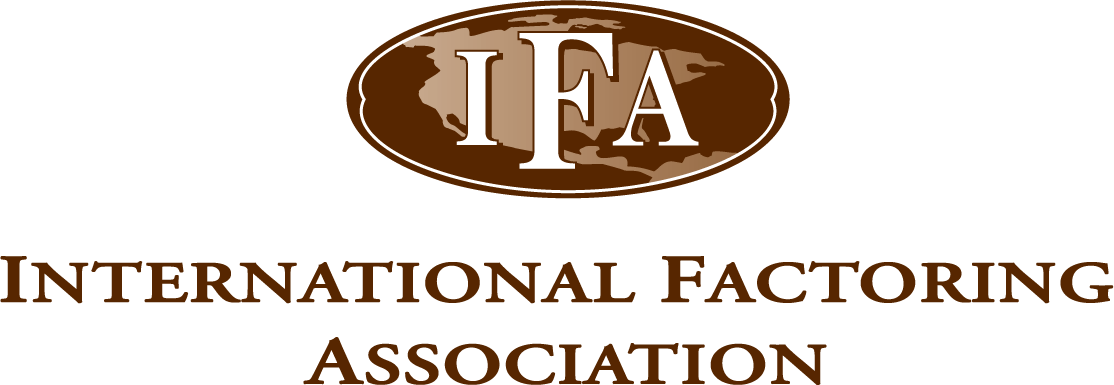How to lower overheads by streamlining operational functions
Tips from a Leading Operations C-Suite Exec

Streamlining operational functions to increase business profitability is nothing new. In fact, since the dawn of commerce, the business-savvy have found efficient ways to manage their business as a means to reduce costs and save resources.
And yet, in 2023, there are still countless businesses that struggle to maximize their output while minimizing waste – in fact, arguably more than ever. If you’ve identified this issue within your organization, know that you are not alone!
It’s important to understand that improving your operational functions is a double-edged sword. Not only will you need to identify the framework by which you’ll achieve the end, but you’ll also need to identify how the framework will be implemented.
The ‘how’, and the ‘how of the how’, if you’d like.
Gareth Bird, the Growth & Development Officer at Express Business Funding, and the former Operations Director of a multi-national skills development agency provides his top tips on not only how to improve your business processes, but also how to implement these tips.
“The How”
Identify and set goals/ objectives: Before you can commence streamlining your business, you must first have a clear set of goals and/ or objectives to which you can work toward. These can be both big and small – this step is not given its importance by the goals themselves, but by allowing you to establish a direction in which you can take your business by way of your new, streamlined operational functions.
Identify and eliminate inefficiencies: Next, conduct a thorough analysis of your operational processes to identify any inefficiencies or redundancies. Look for ways to eliminate unnecessary steps or tasks and simplify processes.
“No two businesses are the same, and as such, they will suffer different operational shortfalls to the next business. This is why poor operational practice is so rife today; a lot of businesses think that there’s a one-size-fits-all approach to operations, and there just isn’t. Keep the question, ‘Does this step in the process benefit or impact the outcome’ in mind. If you have clearly defined goals, identifying and eliminating inefficiencies should be easy,” explains Bird.
Automate tasks (using the right tech): Implement technology solutions to automate repetitive tasks such as data entry, reporting, and invoicing. This will not only reduce overhead costs but also increase efficiency and accuracy. These solutions can also be used to foster responsibility and accountability by allowing management to delegate tasks in a measurable, easy-to-track way.
The recent surge in AI tools and business software makes easy-to-use tools readily available to your business. You’d be surprised at just how much technology is available at a very low cost (and sometimes no cost at all), which can assist in saving time and reducing costs considerably.
Outsource non-core functions: Consider outsourcing non-core functions such as payroll, IT support, or customer service. This can help reduce overhead costs by eliminating the need to hire additional staff or invest in expensive infrastructure.
“Post-2020, you can outsource almost any business function. If it isn’t something you’re actively utilizing daily, there’s no need to spend valuable resources on it. Outsourcing also allows you to receive the best quality of service. Freelancers and agencies understand that the continuity of their work with your business is based on the quality of the service they provide,” says Bird.
Encourage employee engagement: Involve employees in the process of streamlining operational functions. Encourage your team to provide suggestions for improving processes and incentivize them for implementing cost-saving measures.
“Your employees have hands-on experience with the core functions of your business. Much of the time, they already know where there’s room for improvement. It’s up to you to provide a platform for them to provide you with this critical feedback. You should also ask yourself how you can best incentivize employee engagement. Positive incentivization should be carefully calculated. While employee feedback might lead to cost savings, their incentive may match or even surpass this saving. Alternatively, you can implement negative incentivization. By introducing disciplinary measures when employees aren’t contributing to operational processes, or when their output does not match their cost to company, you can render the same results as positive incentivization. There’s a cost to both, so weigh up your options carefully,” says Bird.
The How of the How
This part of the process can also be defined as the ‘human element’ of the process. Once you and your management team have designed the blueprint to improve your operational functions, you’ll need to implement it. Unfortunately, this cannot be done alone.
Implementing a strong operational process requires buy-in from every person in your organization, no matter how big or small their role.
Start with your leadership team: Your leadership team is the most important component in the ‘human element’ of the implementation process. To filter the new operational strategies all the way down the business, each departmental head will need to understand and enforce the new plan to their respective teams. Without strong leadership implementing, overseeing, and reinforcing your updated strategies, the new plan will fizzle out in no time at all.
Track each business segment using team management software: From Monday.com to Asana, there are hundreds, if not thousands, of software solutions whose sole purpose is to track team progress and ensure each element of your operational blueprint is being executed.
“Team management tools allow you to identify exactly where workflow bottlenecks occur and address shortfalls quickly and effectively. When tasks are delegated and tracked with quantifiable results, you’ll have a well-oiled machine in a couple of months,” says Bird.
Create company-wide buy-in: While your leadership team will be selling your new processes to their respective teams, you can give them a helping hand. Internal newsletters, intermittent departmental meetings with your management team, gamification tactics, and much more can be used to drive excitement, buy-in, and follow-through with every person in your business.
If you have attempted to implement improved operational functions and had little to no success, you may need a helping hand. Express Business Funding boast decades of experience in helping companies just like yours. Connect with Gareth Bird on LinkedIn by clicking here. Alternatively, reach out to our Account Management team here.


